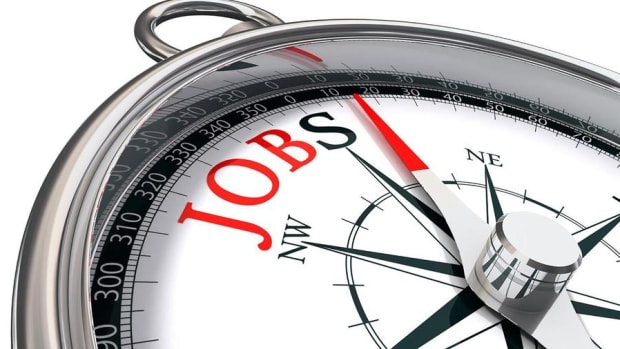These Lows Not Seen Since 1788 Signal Time to Be Bullish on Bonds
The term "dead cat bounce," while understandably offensive to some, is a common expression on Wall Street for an investment that suddenly jumps in value after a consistent downward trend.
Investors wonder if its upward movement is a small correction on the way further down or whether it might be the beginning of a return to strength.
The worry is that while an investment is still dropping in value, a temporary rise in price resembles a crude nod to a reality of physics. Anything will bounce if dropped from a high enough place.
These phenomena are notoriously hard to predict. Analysts predictably argue about whether a security or index has found a bottom or whether an uptick is only short-lived.
Some Investors Look to the Bond Market
Taking the analogy to the current state of the 10-year U.S. Treasury note, some analysts are seeing perfect conditions to call an end to its most anemic annual returns in 250 years.
Data released by Bank of America Global Research and published in the Financial Times shows U.S. 10-year government bond annual returns by percentage to be in rare negative territory and the lowest since 1788.
"But U.S. Treasurys are down two years in a row. The last time that happened was in 1959, shortly after Elvis was drafted," reports the FT. "An absence of dead-cat after a greater than 5% annual loss last happened in 1861, the outbreak of the US Civil War, while three consecutive down years has never happened."
Given the unprecedented nature of such an occurrence, an expectation that what's past is prologue seems rational to analysts. Michael Hartnett, Bank of America strategist, predicts that in 2023, government bonds are "almost certain to be positive."
Looking to a Relatively Short-Term Horizon
With fears of recession in the next calendar year pervasive on Wall Street, investors are finding a multitude of reasons to take a serious look at all types of bonds.
"On a go-forward basis, we believe that the fixed-income market is the most attractive it’s been since 2011," Jeffrey Sherman, deputy chief investment officer at DoubleLine, told Think Advisor in an interview.
Rather than checking statements and focus on present values, it's important to do the math and look ahead.
"Over a two- to four-year horizon, the best predictor of return in the bond market is the yield you start with," Sherman says.
"If you believe, as we do, that inflation doesn’t stay elevated in multiple years going forward, that it gets on some path back to the Fed’s objective, the inflation rate will run at about 2% to 3% over the next few years. If that’s the case and you’re earning 5% on a high-quality [portfolio], that means your purchasing power is preserved."
So given this, the next question, of course, is which bonds might outperform others?
"You don’t have to buy junk bonds and get a 10% yield. You can buy corporate bonds that yield almost 6% today. You can pair these with Treasurys," Sherman continues.
"In our view, balancing out the credit risk and the interest rate risk is giving you one of the better opportunities on a forward-looking basis -- a more risk-managed portfolio.
"No one really knows how deep the recession will be. So we’ve been adding to the Treasurys in our portfolios--taking more interest rate risk."







